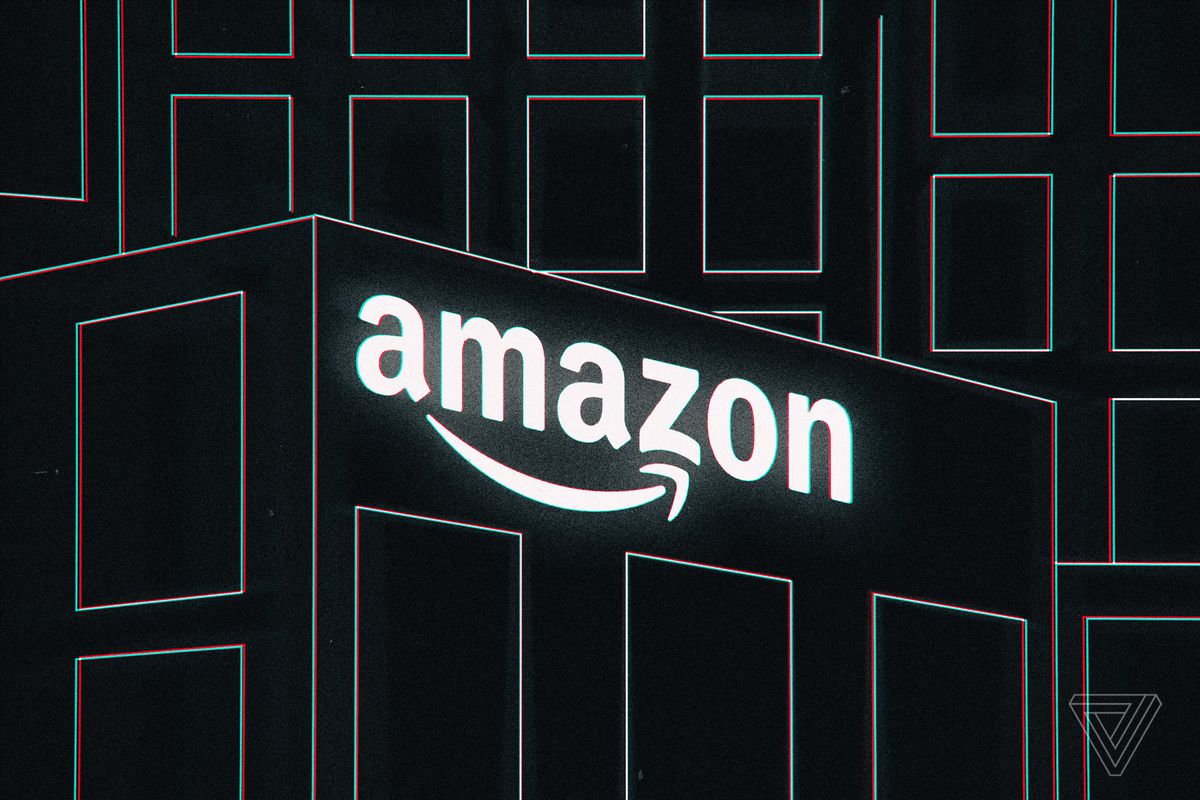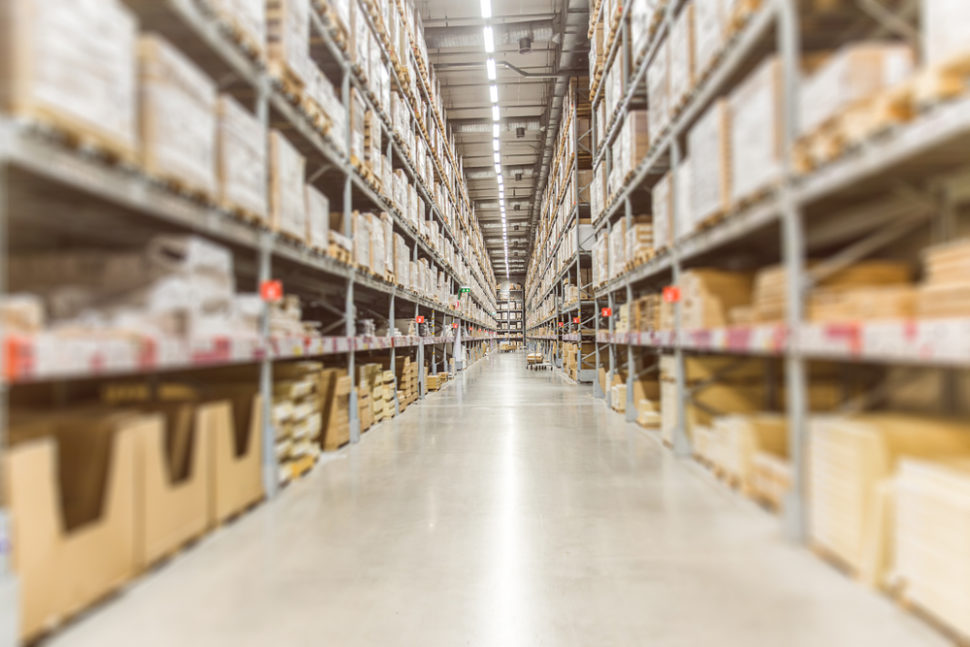
Amazon’s system tracks the rates of each individual associate’s productivity and automatically generates any warnings or terminations regarding quality or productivity without input from supervisors. By this AI automatic system, hundreds of fulfillment center employees have been fired.
The system is an advanced tool to evaluate the performance expectation of its employees. Amazon is said to support people who do not perform to the levels expected of them with dedicated coaching to help them improve and be successful in their career at Amazon. The tool is hoping to ensure long-term career development opportunities for employees at Amazon.

The AI fire system is actually taking some part of work of HR and manager. Even though Amazon pushed back against the automotive dismissal, it is used to qualify employees’ works, which will be enhancing the real time monitoring for the managers to know the schedule variance.
An artificial intelligence expert and venture capitalist, Kaifu Lee, said that he believes 40% of the world’s jobs will be replaced by robots capable of automating tasks. The repetitive and mechanical jobs with a higher remuneration such as loan officers, receptions will be replaced by automation in a greater chance.

Education and jobs training are more crucial than ever. The less you make in hourly wages, the more likely your jobs will be replaced.

When it comes to destroy the low-skill jobs, the good news is that AI will be a net job creator, producing more jobs in new areas.

Source: Gartner,IKMResearch,2018
For starters, retail businesses have massive amounts of information on their clients, their shopping experiences and far more. They are also turning to predictive analytics to understand when a piece of equipment is likely to require maintenance, repair or replacement. Many businesses are building so-called smart manufacturing facilities which use AI to optimize labor, speed creation and enhance product quality.
AI is facing the AI bias problems. Facebook’s AI, for instance, is creating its own language rather than being in a position to speak to people and Twitter bots seem to become racially biased.
But the truths is that, AI bias is hard to fix. Bias can creep in at many stages of the deep-learning process, and the standard practices in computer science aren’t designed to detect it.
1.Unknown unknowns.
The introduction of bias isn’t always obvious during a model’s construction because you may not realize the downstream impacts of your data and choices until much later. It’s hard to retroactively identify where that bias came from and then figure out how to get rid of it.
2.Imperfect processes.
Deep-learning models are tested for performance before they are deployed, creating what would seem to be a perfect opportunity for catching bias. But in practice, testing usually looks like this: computer scientists randomly split their data before training into one group that’s actually used for training and another that’s reserved for validation once training is done. That means the data you use to test the performance of your model has the same biases as the data you used to train it.
3.Lack of social context.
Similarly, the way in which computer scientists are taught to frame problems often isn’t compatible with the best way to think about social problems.
4.The definitions of fairness.
There are many different mathematical definitions of fairness that are also mutually exclusive.